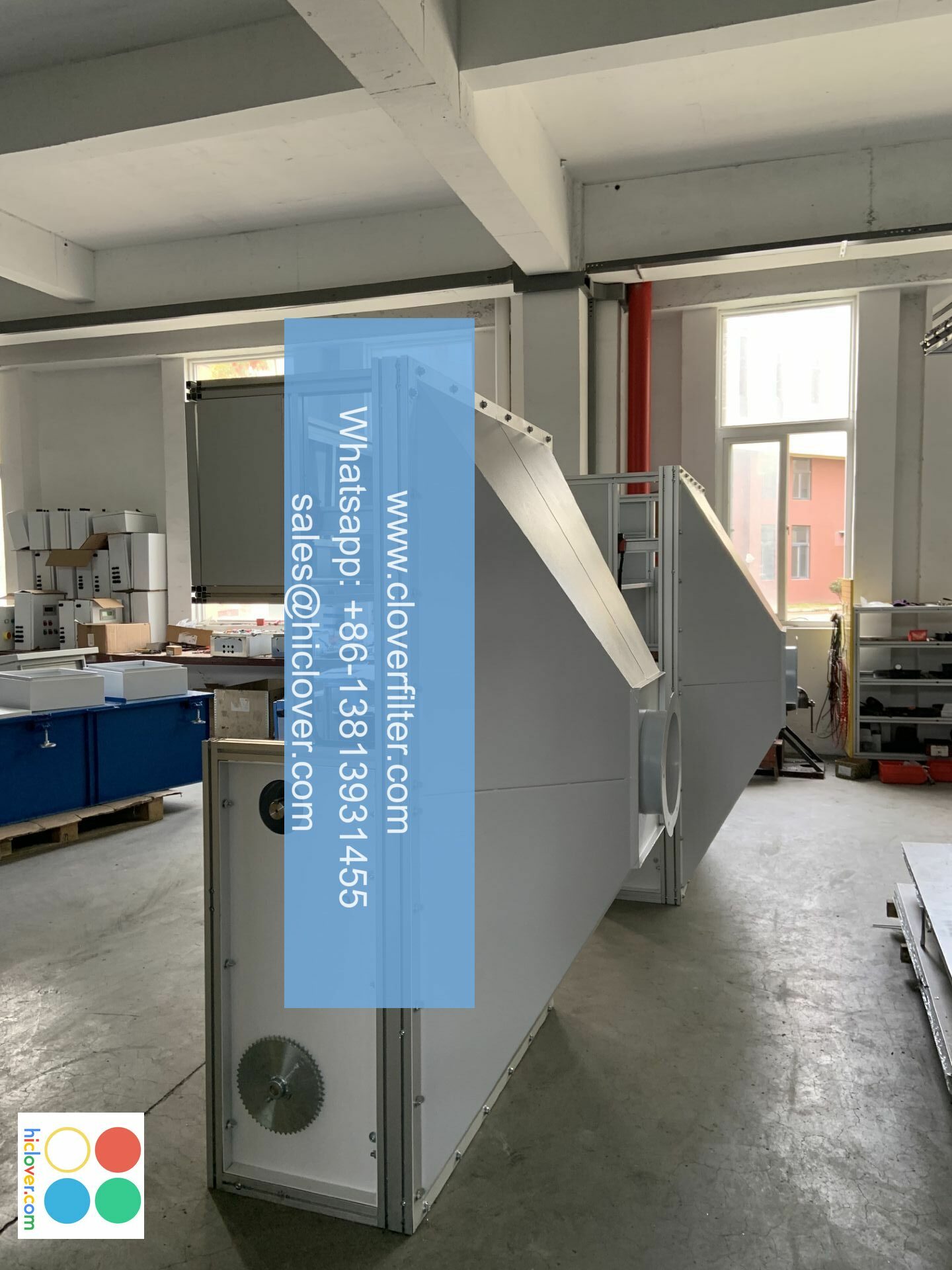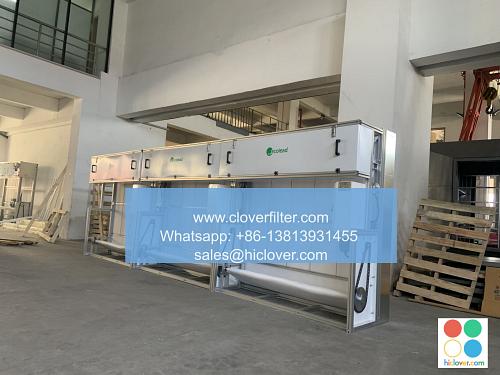Air Filters for Mountainous Regions: A Guide to Clean Air in High-Altitude Environments

Air pollution is a significant concern in mountainous regions, where the air can be thin and prone to stagnation. The unique combination of geographical and environmental factors in these areas can lead to a buildup of pollutants, making it essential to use effective air filters to maintain good indoor air quality. In this article, we will explore the importance of air filters in mountainous regions, the types of air filters suitable for high-altitude environments, and their applications in various settings.
The Importance of Air Filters in Mountainous Regions
Mountainous regions are often characterized by poor air quality due to the presence of pollutants such as particulate matter (PM), nitrogen dioxide (NO2), ozone (O3), and volatile organic compounds (VOCs). These pollutants can come from natural sources like wildfires and vegetation, as well as human activities like mining, construction, and transportation. The high altitude and low air pressure in these regions can exacerbate the problem, making it difficult for the air to circulate and disperse pollutants. Air filters play a crucial role in removing these pollutants and improving indoor air quality, which is essential for the health and well-being of residents and visitors.
Types of Air Filters Suitable for High-Altitude Environments
Several types of air filters are suitable for use in mountainous regions, including:
* HEPA (High Efficiency Particulate Air) filters, which are capable of capturing 99.97% of particles as small as 0.3 microns, making them effective against PM, dust, and other particulate pollutants.
* Activated carbon filters, which are designed to remove gases and VOCs, including ozone, nitrogen dioxide, and sulfur dioxide.
* Ionizing air filters, which use electrical charges to attract and trap particles, including dust, pollen, and other allergens.
* UV (Ultraviolet) air filters, which use ultraviolet light to kill bacteria, viruses, and other microorganisms.
Applications of Air Filters in Mountainous Regions
Air filters have a wide range of applications in mountainous regions, including:
* Residential air filtration, where they can be used to improve indoor air quality in homes, apartments, and condominiums.
* Commercial air filtration, where they can be used in offices, hotels, and restaurants to improve air quality and reduce the risk of airborne illnesses.
* Industrial air filtration, where they can be used in mines, construction sites, and other industrial settings to remove pollutants and improve worker health and safety.
* Healthcare air filtration, where they can be used in hospitals, clinics, and other healthcare facilities to reduce the risk of airborne infections and improve patient outcomes.
Key Considerations for Air Filter Selection in Mountainous Regions
When selecting an air filter for use in a mountainous region, several key considerations must be taken into account, including:
* Air filter efficiency, which should be high enough to remove the types and amounts of pollutants present in the air.
* Air flow rate, which should be sufficient to handle the volume of air in the space being filtered.
* Filter maintenance, which should be easy and convenient to ensure that the filter continues to function effectively over time.
* Cost and energy efficiency, which should be considered to ensure that the air filter is a cost-effective and sustainable solution.
Conclusion
Air filters are a crucial component of any indoor air quality management system in mountainous regions. By understanding the types of air filters suitable for high-altitude environments and their applications in various settings, individuals and organizations can make informed decisions about how to improve indoor air quality and reduce the risks associated with air pollution. Whether you are a resident, visitor, or business owner in a mountainous region, using an effective air filter can help you breathe easier and enjoy the beauty of these unique environments.
Some key words used here are:
High-Altitude Environments, Air Filters, Mountainous Regions, Indoor Air Quality, Particulate Matter, Nitrogen Dioxide, Ozone, Volatile Organic Compounds, HEPA filters, Activated Carbon Filters, Ionizing Air Filters, UV Air Filters, Residential Air Filtration, Commercial Air Filtration, Industrial Air Filtration, Healthcare Air Filtration. You haven’t provided a question or topic for me to address. Please provide more context or ask a specific question so I can give you a helpful and accurate response. What’s on your mind?

